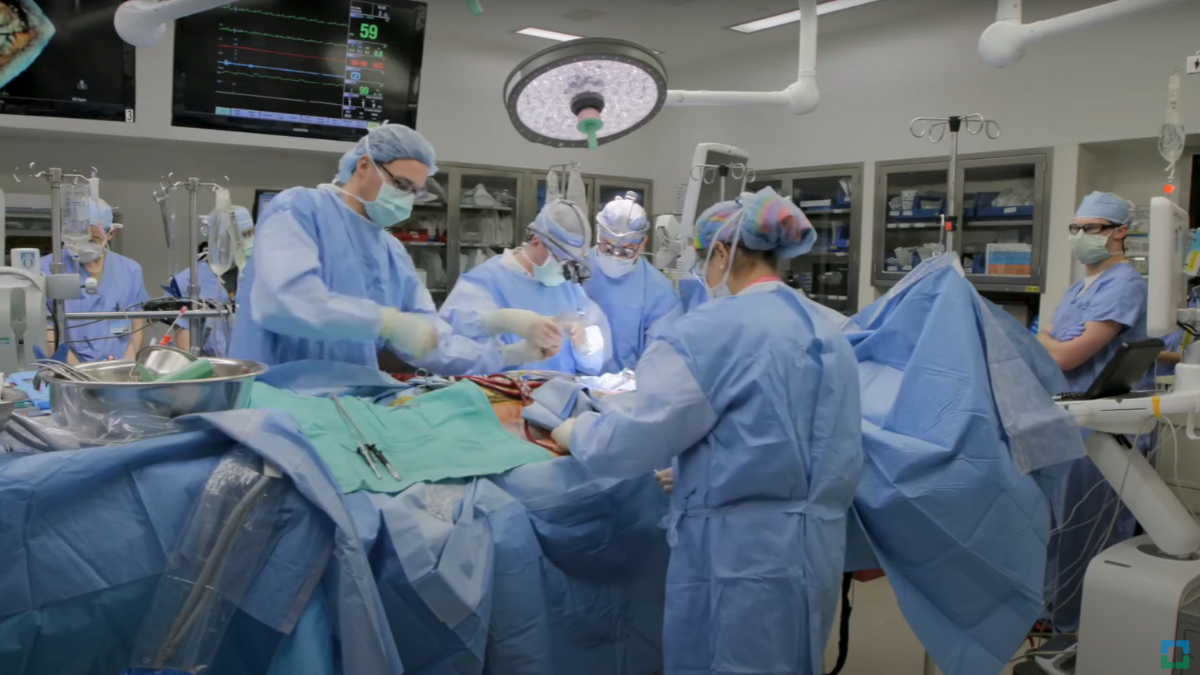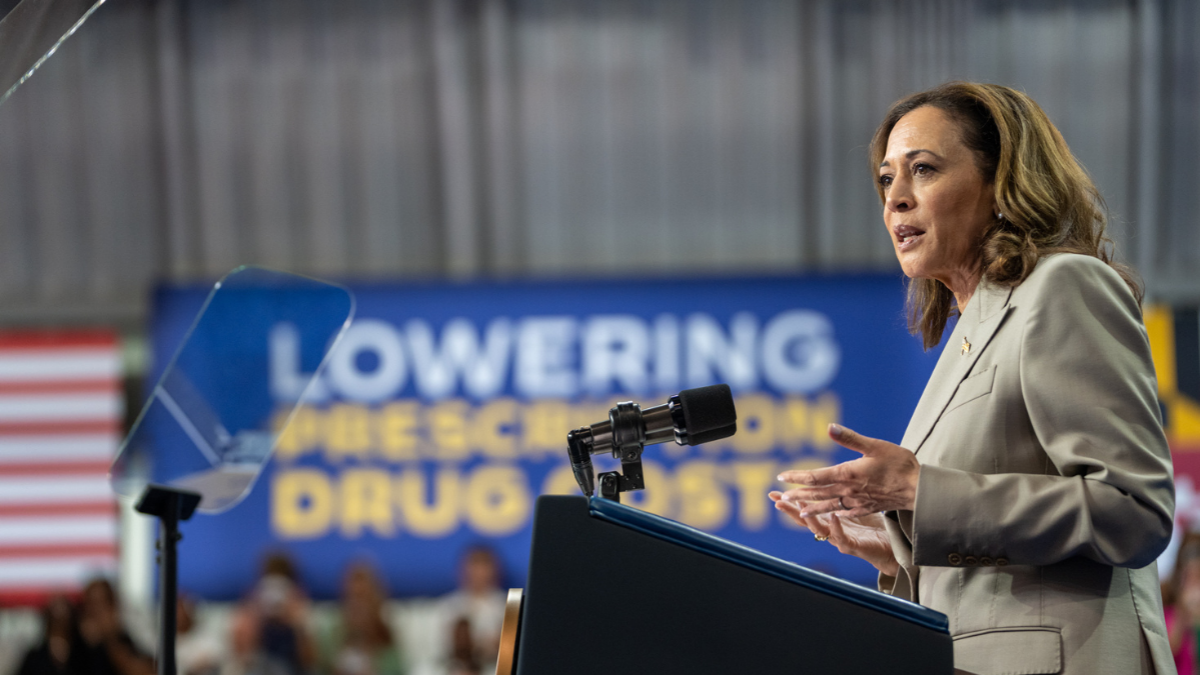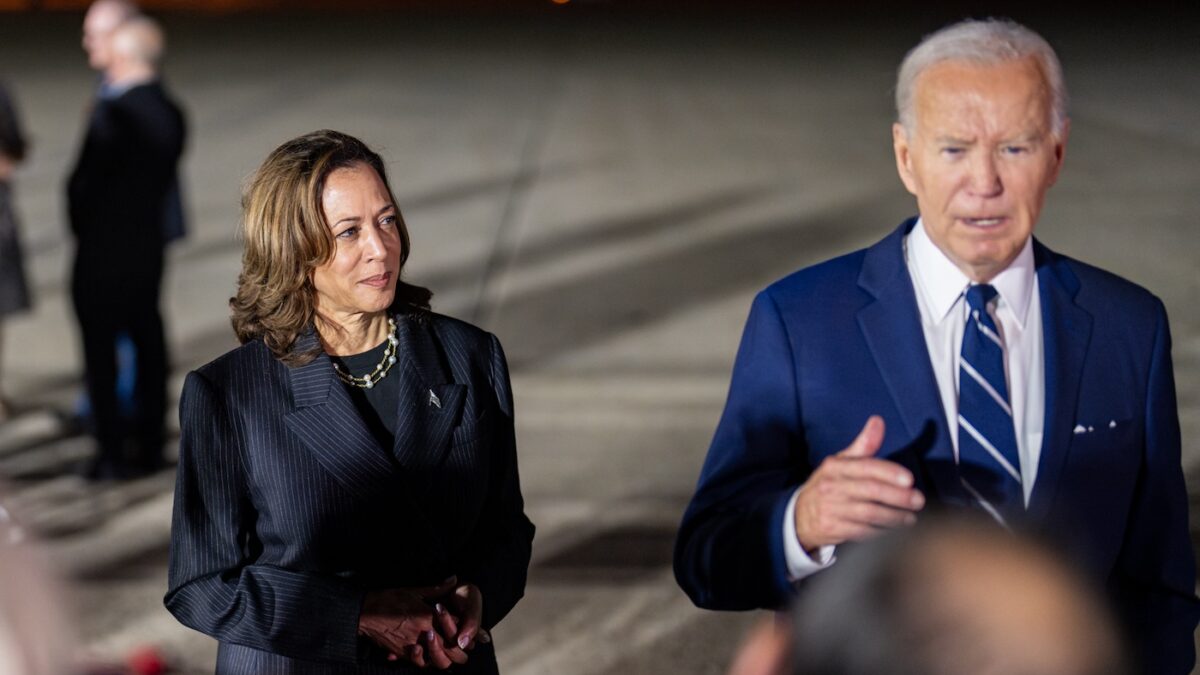Are you beginning to wonder whether the pharmaceutical industry might have too much influence over medical decision-making? If so, you’re hardly alone. Prominent news sources have started sounding the alarm about the disturbing ties between drug makers and medical education, suggesting that Big Pharma is already buying up the doctors of tomorrow. The New York Times: “Harvard Medical School in Ethics Quandary”; NPR: “Med Schools Pressed to Cut Drug Firm Ties”; but Time Magazine states it best: “Is Drug-Company Money Tainting Medical Education?”
Before you get excited enough to renew your long-dormant Time subscription, I must confess that, like the principal investigator in an mRNA vaccine trial, I may have employed some sleight of hand: The magazine’s story, as the others noted above, is from 2009.
Old news? Not quite. A closer look at those old stories reveals the even greater corruption of medical education today. What drove such big-name coverage of this important issue 14 years ago? All the stories above, and many more besides, were prompted by the American Medical Student Association’s PharmFree Scorecard.
AMSA, the largest and oldest medical student association in the nation with tens of thousands of members and influential past presidents like Dr. Leana Wen, established its PharmFree initiative in 2002. By 2004, the PharmFree campaign was leading a march on Pfizer headquarters in order to “speak out against the pharmaceutical industry’s biased marketing practices” and “persuade the medical community to be more professionally responsible to patients rather than profits.”
Yet PharmFree didn’t hit media gold until 2007 when they came up with the idea of producing a scorecard grading the nation’s medical schools on how badly they were compromised by Big Pharma dollars. The result? National stories about the embarrassing grades received by the likes of Harvard and Yale prompted discussions in homes across the heartland about pharma’s sinister influence on the up-and-coming generation of physicians.
Today, when it seems that doctors are not so much marching on Pfizer headquarters as getting marching orders from it, it is instructive to visit with the current state of the PharmFree Scorecard. I’d link it for you, but it no longer exists. It has been thoroughly scrubbed from the AMSA website. Every link in the medical literature from the past couple of decades sending would-be reformers to the scorecard is dead (see, for example, this 2016 journal article, still touted on the AMSA website here, which attempts to praise the scorecard but links to what is now a “savage garden” spam site). In fact, were it not for the Internet Wayback Machine (behold archived versions of the 2008, 2013, and 2016 versions), any trace of the PharmFree Scorecard would have vanished from the earth.
What happened? AMSA declined to provide a comment for this story, but their website seems to argue that the pharmaceutical industry’s corruption of medical education is no longer worthy of interest; it’s the corrupt politicians we need to focus on. As they put it, “due to the changing landscape of conflicts of interest […] AMSA will be transitioning the focus for the AMSA Scorecard from medical education to Congress.” In other words: Look, squirrel! For the handful of remaining Americans who believe in the fundamental decency of politicians, I’m sure this upcoming awareness campaign will be of great use.
For those of us who have perhaps grown a little cynical about why AMSA hasn’t put out a new scorecard in nearly a decade, it is understandable to begin suspecting reasons besides a Capra-esque idealism about Washington. One hint can be found in the old editions of the PharmFree Scorecard itself. After its embarrassing result in the inaugural edition, for example, Yale’s medical school took great steps to increase its ranking in time for the next edition, limiting corporate gifts and meals to professors and students, increasing disclosures about speaking fees, and so on.
The reforms worked, and Yale earned itself a respectable “B” for the 2013 PharmFree Scorecard — no national headlines or embarrassed alumni there; Yalies are undoubtedly used to a “gentleman’s B.” There’s just one catch: During the exact same time period, after the first scorecard and before the second, in 20211, Yale School of Medicine signed a 10-year, $100 million contract with the pharmaceutical company Gilead Sciences (yes, that Gilead, makers of remdesivir).
The deal was touted by Yale itself as “the largest corporate commitment in Yale’s history.” Yale was far from alone, as that 2013 story elaborates: “the past two years have seen an increase in multimillion-dollar pharma-academia collaborations” involving prestigious institutions like the University of Pennsylvania and Columbia University.
If the leaders of AMSA’s PharmFree campaign believed that Aaron Judge-level contracts might have a corrupting influence on medical education, they certainly didn’t say so, as no such corporate “partnerships” made it into their rankings. In the intervening years, the amount of money pharma has spent partnering with medical schools has only continued to increase, while the PharmFree Scorecard has vanished. Perhaps AMSA truly believes this is no big deal, and what should be investigated is where Hunter Biden’s next paycheck is coming from, but somehow I doubt it.
At the very least, even if they have given up the current fight against pharma, one might hope that some remaining sense of honor toward their old principles would prevent AMSA from, say, brainstorming ways to pressure patients into taking unnecessary pharmaceutical products. One would be wrong. During the Covid era, AMSA pushed out a “Guide to Covid-19 Vaccine Communications” to its members.
The guide was not a deep dive into questions about the efficacy and safety of the experimental mRNA injections. Instead, it was a manner of psyop, with all sorts of advice on how best to manipulate an unwitting populace into enthusiasm for a questionable product (enlist social media influencers and trusted pastors to hawk the products, propose companies remain closed until everyone is vaccinated — starting to sound familiar?).
Like the scorecard, the link to this embarrassing document is no longer active on the AMSA website, but it is preserved here, showing AMSA was still encouraging the medical community to use psychological tricks to pressure patients to get vaccinated by the spring of 2022. I don’t think Pfizer headquarters security has anything to worry about anymore.
Return once more to the Time, NPR, and New York Times stories on medical education corruption from all those years ago. The medical students in those stories, profiled as the doctors of tomorrow, are now the doctors of today.
Transport yourself back to 2009, pretend you are the most paranoid fearmonger on the planet, and brainstorm ways in which a generation of physicians co-opted by Big Pharma might steer the country wrong. I don’t think even in your wildest paranoid ravings, you would have predicted that these future doctors would be lining pharma’s pockets within just a few years by castrating teenagers, drugging kindergartners who fidget over homework, fueling a deadly opioid epidemic, and mandating unnecessary and ineffective vaccinations. Yet here we are.
I think we need our watchdog back.









